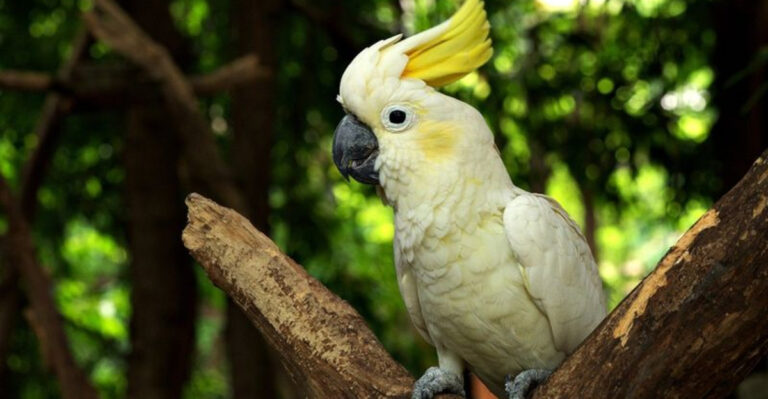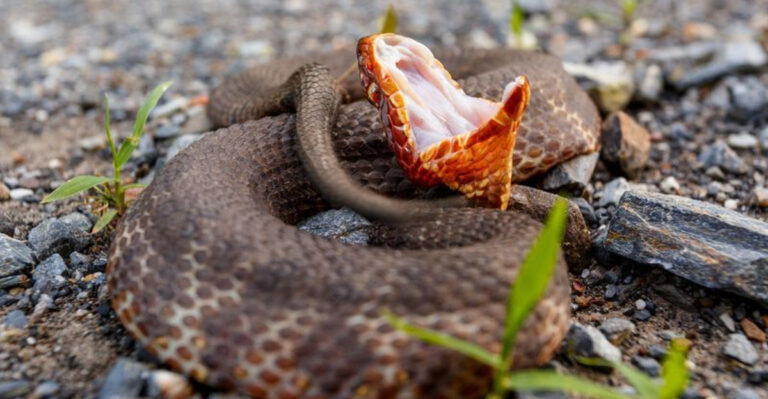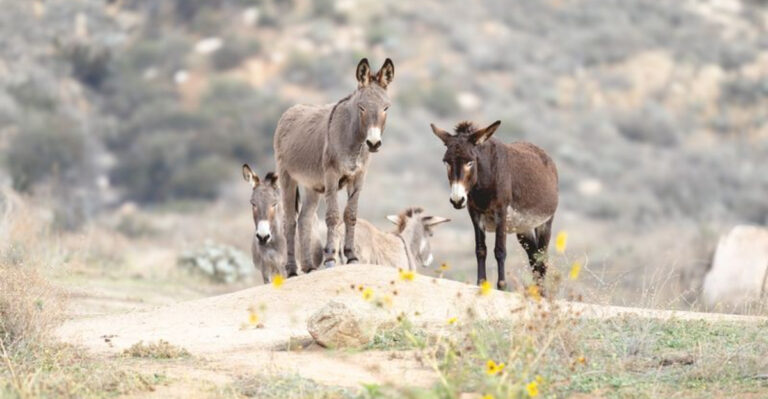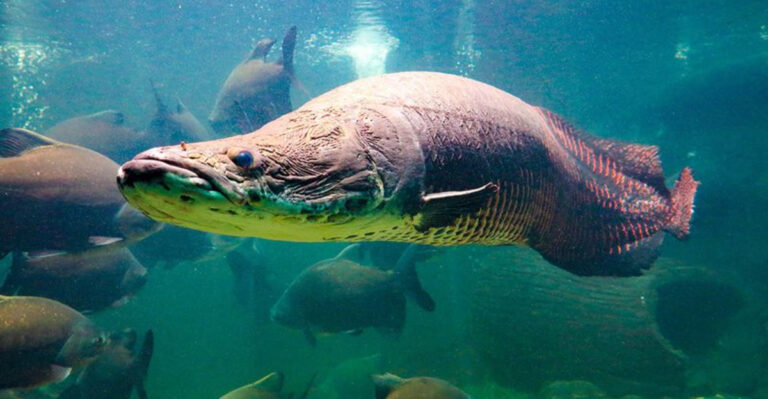13 Of The Most Elusive Animals On Earth And How Scientists Finally Found Them
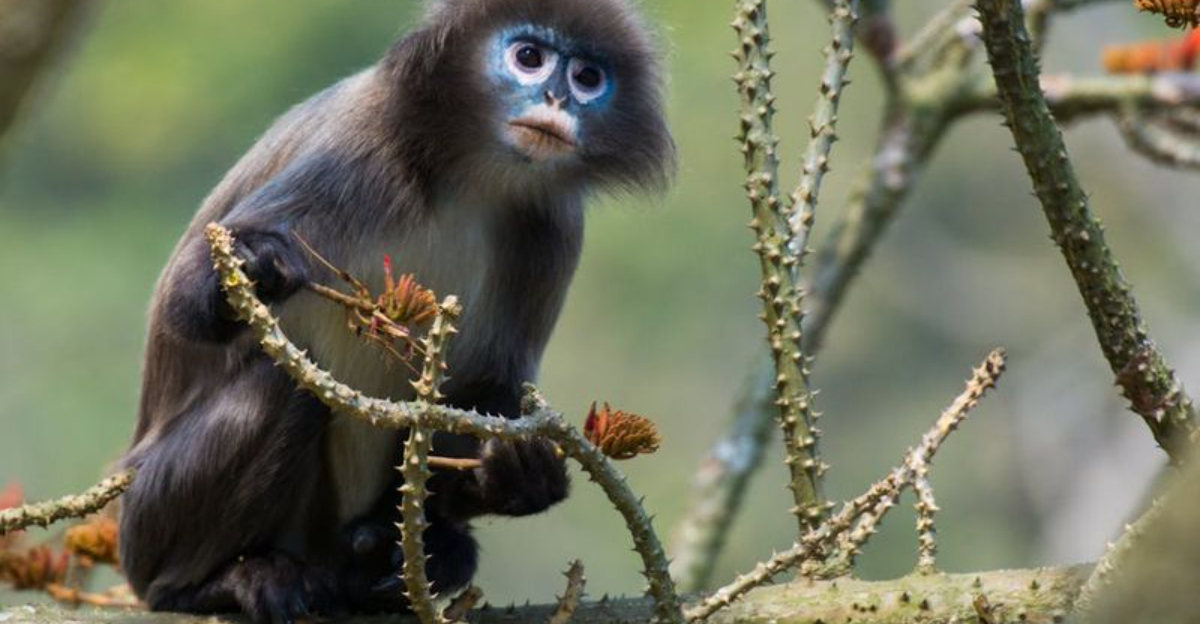
Deep in uncharted jungles, hidden beneath ocean waves, and camouflaged in remote mountains live creatures so rare that finding them has challenged scientists for decades.
Some animals are masters of disappearing acts, while others were thought extinct until surprising rediscoveries shocked the scientific world. These incredible stories of persistence, luck, and cutting-edge technology reveal how researchers finally tracked down Earth’s most mysterious inhabitants.
1. Giant Squid
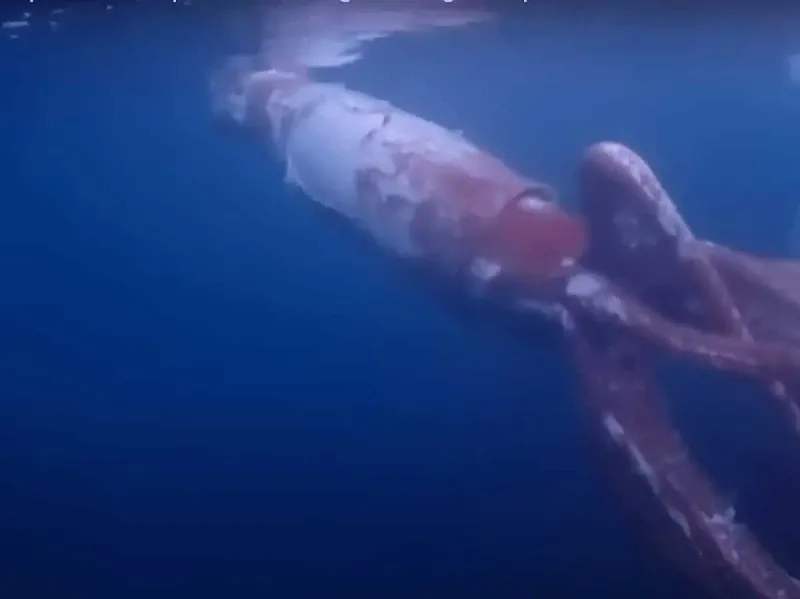
For centuries, sailors told tales of massive tentacled monsters, but scientists couldn’t prove they existed. In 2004, Japanese researchers made history by capturing the first-ever images of a live giant squid in hunting mode.
The breakthrough came after attaching cameras to fishing lines with special bait. The team spent over 400 hours in the deep sea before their patience paid off with footage of the legendary 26-foot creature in its natural habitat.
2. Saola
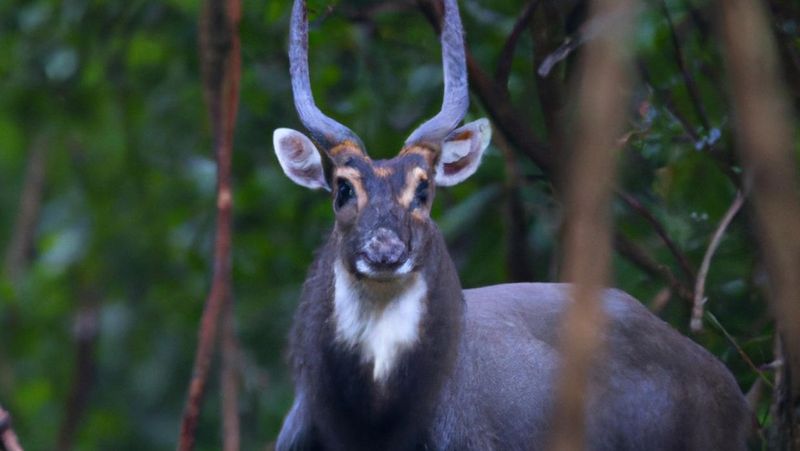
Locals whispered about a mysterious horned creature for generations, but Western science remained clueless until 1992. Vietnamese and American biologists stumbled upon strange skulls while surveying wildlife in Vietnam’s Annamite Mountains.
The discovery shocked zoologists worldwide – an entirely new large mammal species! Camera traps later captured rare images of the saola in the wild, though fewer than 100 likely remain alive today.
3. Coelacanth
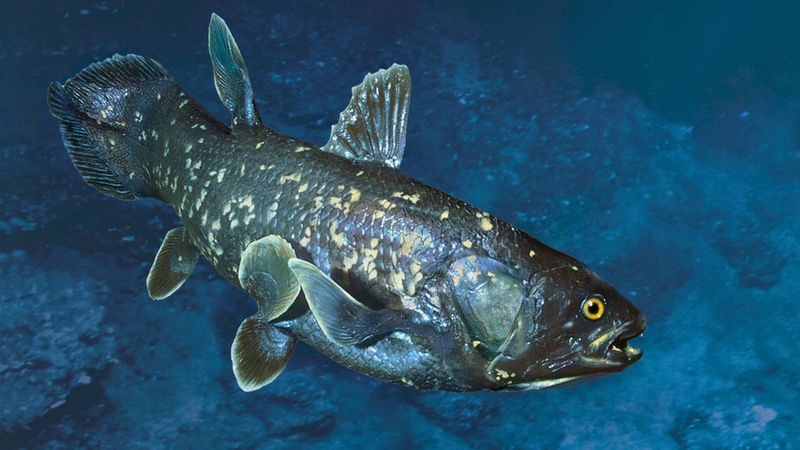
Everyone thought they went extinct with dinosaurs 65 million years ago. Then in 1938, a South African museum curator spotted a strange fish at a local market that shouldn’t have existed.
Marjorie Courtenay-Latimer recognized something extraordinary among a fisherman’s catch. Against all odds, she’d found a living coelacanth! Scientists later discovered a second population near Indonesia in 1998, proving these ancient fish somehow survived in deep-sea caves.
4. Omura’s Whale
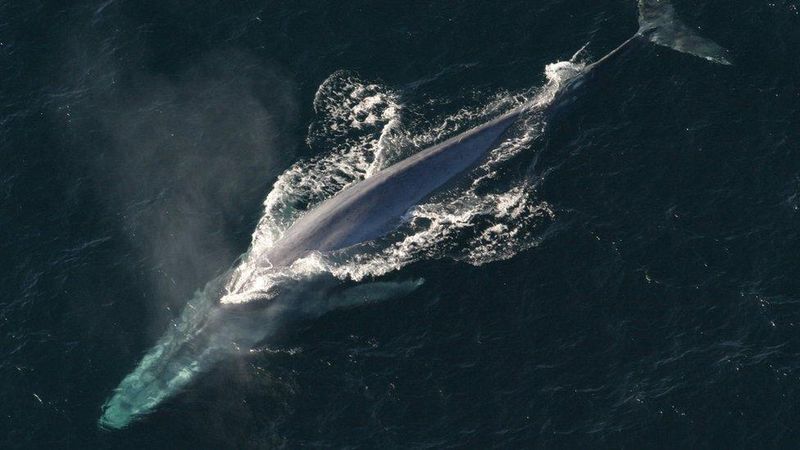
Amazingly, nobody realized this 33-foot whale species existed as unique until 2003. Scientists had mistakenly classified them as smaller Bryde’s whales for decades until DNA testing revealed the truth.
The first-ever video footage of living Omura’s whales came only in 2015 off Madagascar. Researchers were stunned to discover these distinctive whales with asymmetrical white patches had been swimming in our oceans all along, completely unrecognized by science.
5. Pygmy Tarsier
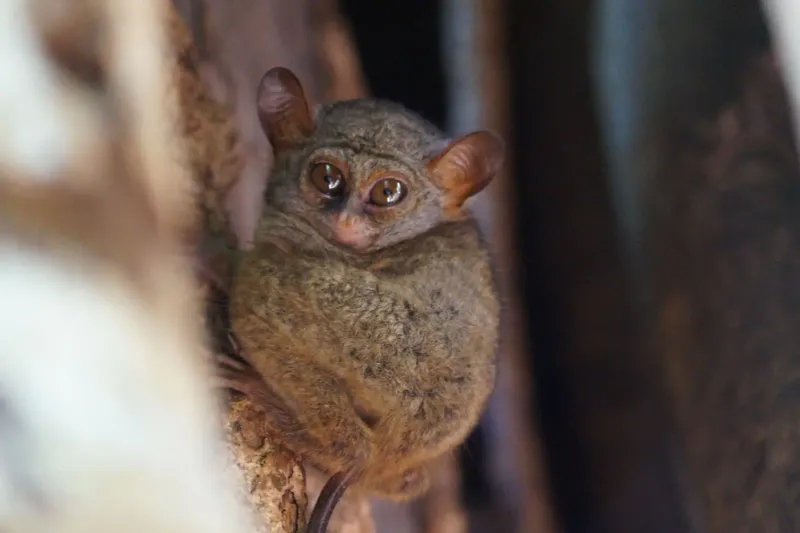
No bigger than a mouse with enormous eyes, scientists thought these adorable creatures vanished forever in the 1920s. Then in 2008, a research team set traps in the misty Indonesian mountains hoping to study other animals.
Imagine their shock when they caught a tiny pygmy tarsier! The scientist was so surprised that she got bitten while examining the rediscovered primate. Two more were found days later, proving these elusive nocturnal creatures had been hiding in plain sight.
6. Vaquita
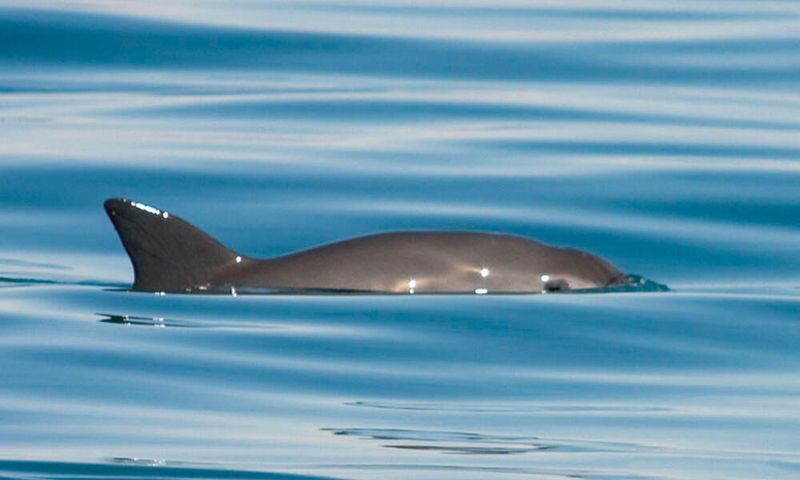
Scientists didn’t even know these mini-porpoises existed until 1958. A skull found on a Mexican beach led to the discovery of Earth’s smallest cetacean – growing just 5 feet long with distinctive black eye rings.
Finding living vaquitas proved incredibly challenging. Researchers finally captured the first underwater footage in 2017 using specialized acoustic monitoring equipment. Tragically, fewer than 10 vaquitas remain today, threatened by illegal fishing nets in their tiny Gulf of California habitat.
7. Hoan Kiem Turtle
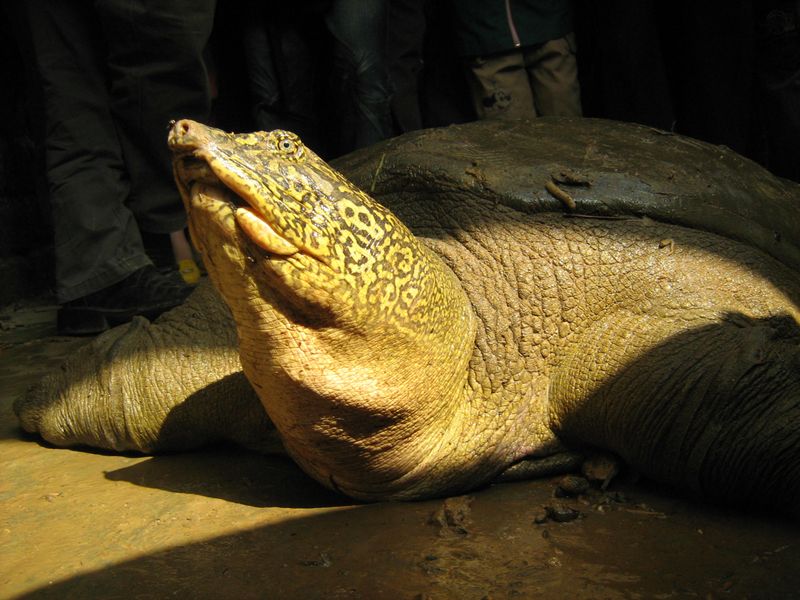
For decades, scientists dismissed stories about giant turtles in Hanoi’s lake as folklore. Locals insisted the sacred creature existed, but without clear evidence, researchers remained skeptical until 1998.
Everything changed when a stunned scientist photographed the massive turtle surfacing. DNA tests confirmed it as one of the rarest reptiles alive – the Yangtze giant softshell. Sadly, the last known Hoan Kiem specimen died in 2016, leaving just three individuals in captivity worldwide.
8. Okapi
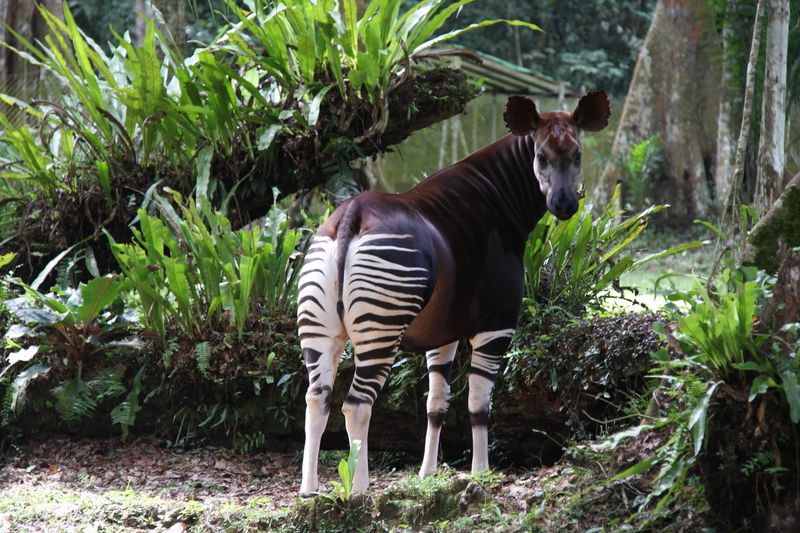
Europeans laughed at African tales of a horse-giraffe hybrid hiding in Congo’s forests. Nobody believed such a creature could remain undiscovered – until 1901 when explorer Sir Harry Johnston sent strange striped skin pieces to London.
The scientific community was shocked. Johnston had proven the okapi was real! Getting photographs remained nearly impossible until the 1980s when camera traps finally captured these shy forest dwellers. Their incredible camouflage and silent movement had kept them hidden for centuries.
9. Lazarus Hummingbird
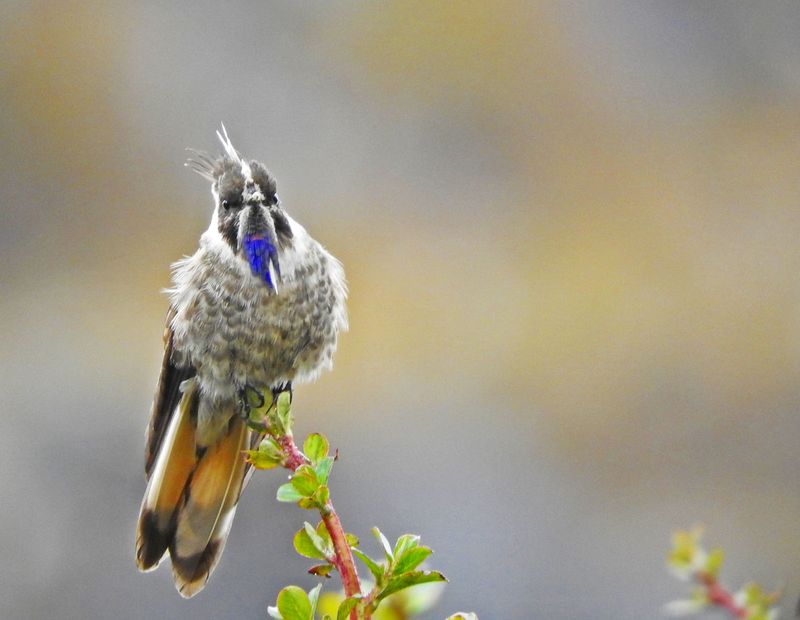
Last seen in 1947, the blue-bearded helmetcrest hummingbird was declared extinct after its Colombian mountain habitat was destroyed by farming. For nearly 70 years, the striking bird with its distinctive blue beard vanished completely.
Then in 2015, researchers exploring a remote páramo ecosystem made an astonishing discovery. Three living helmetcrests! The tiny birds had survived in a small untouched habitat patch at 12,000 feet elevation, completely overlooked by decades of scientific surveys.
10. Megamouth Shark
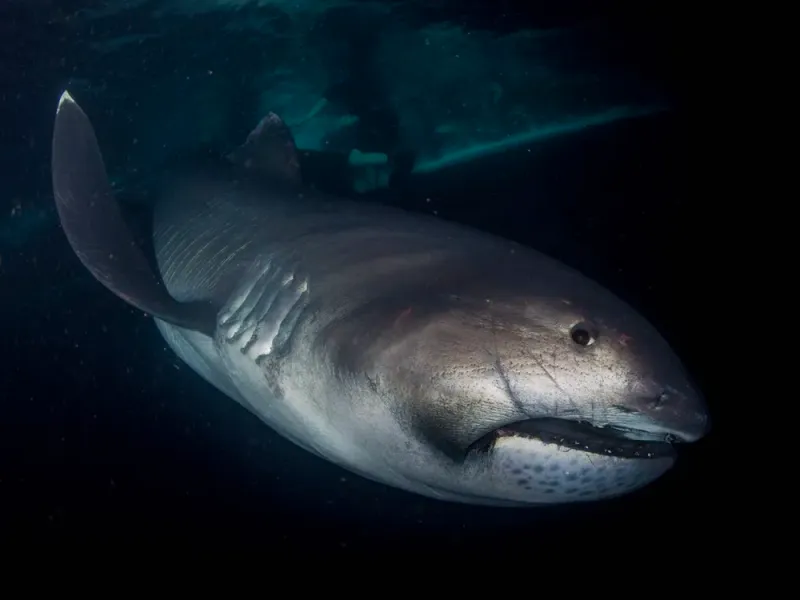
Hard to believe a 16-foot shark could escape scientific detection until 1976! The discovery happened by pure accident when a research vessel hauled up a strange creature caught in their anchor lines near Hawaii.
Scientists were baffled by its enormous head and tiny teeth. Unlike most sharks, the megamouth feeds on plankton by swimming with its cavernous mouth open. Their deep-water habitat and possible rarity kept them hidden – fewer than 100 specimens have ever been documented.
11. New Guinea Singing Dog
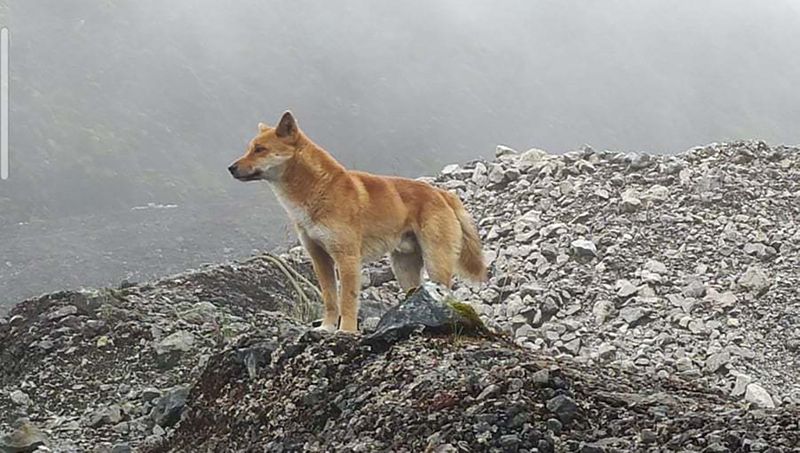
After the last confirmed sighting in the 1970s, many feared these wild dogs had interbred into extinction. With their unique ability to produce melodic howls unlike any other canine, their loss would be devastating.
Conservation breakthrough came in 2016 when expedition teams ventured into remote highlands. Using specialized scent lures and camera traps, they confirmed wild populations still existed! DNA testing in 2020 proved these highland dogs remained genetically distinct from village dogs.
12. Fernandina Giant Tortoise
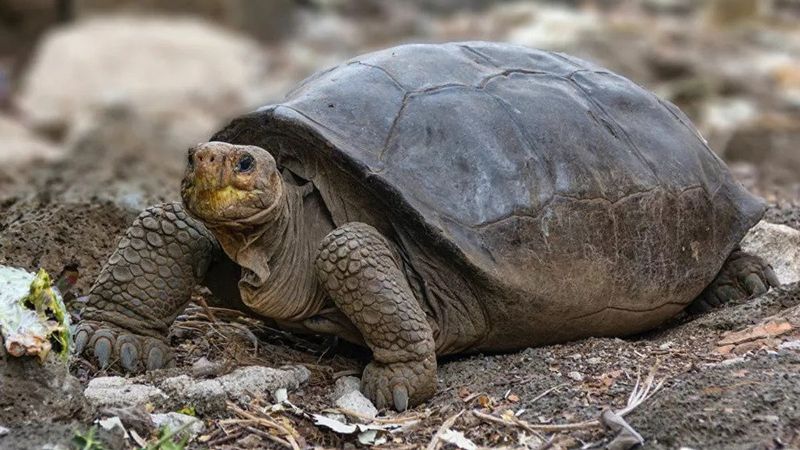
After the last sighting in 1906, scientists considered these Galápagos tortoises extinct for over 100 years. Their volcanic island home seemed too harsh for survival after extensive searching turned up nothing.
Everything changed in 2019 when an expedition spotted tortoise droppings. Following the trail, they discovered an adult female hiding in dense vegetation! Genetic testing confirmed she was indeed the lost species, raising hopes that more individuals might still roam the remote island.
13. Popa Langur
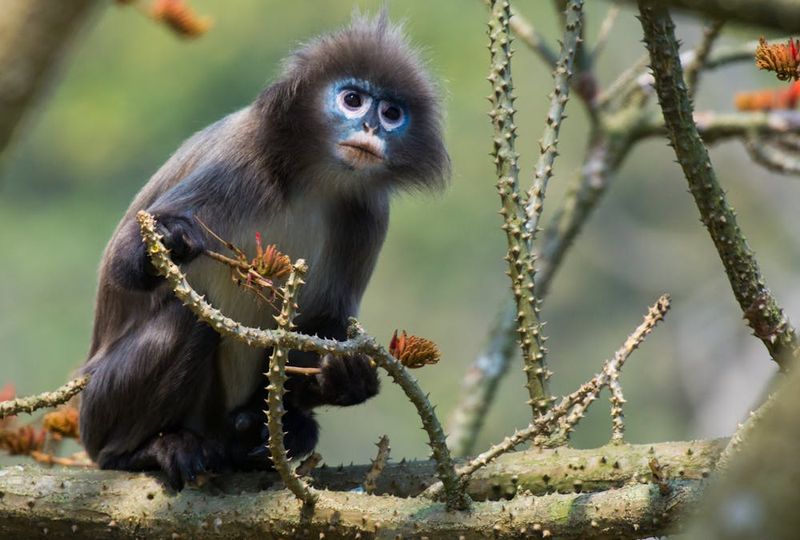
Sometimes new species discoveries happen in unexpected places. In 2020, scientists weren’t trekking through jungles but examining old specimens in museum collections when they noticed something unusual.
DNA testing of a 100-year-old monkey skin revealed an entirely new primate species! Field researchers then confirmed living populations in Myanmar’s remote forests. Camera traps captured the distinctive gray langurs with white eye rings, though fewer than 250 individuals remain in isolated mountain fragments.

